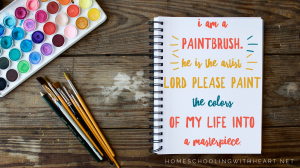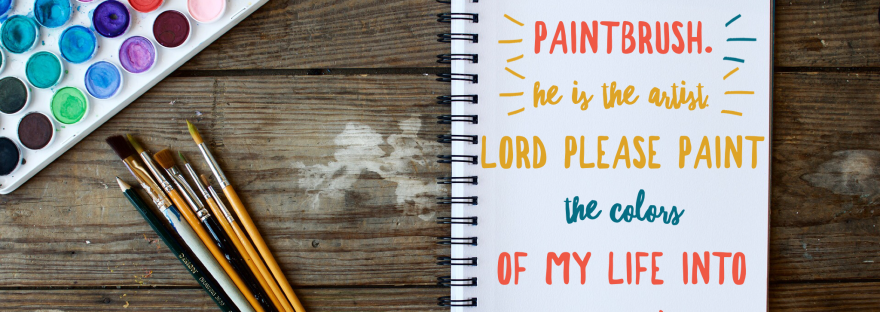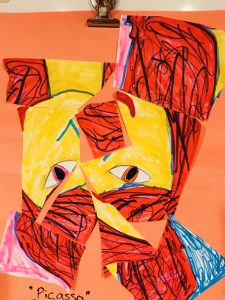It’s time to talk about art!
Let’s face it, if you’re a busy homeschooling mom art can get swept under the rug and forgotten. I can’t begin to tell you all the good intentions I’ve had each year to have art class once or twice a week… And boy, I’ve failed that, miserably. So instead of setting a scheduled time for art during the week, we decided to line up a list of Artists, and their techniques, we wanted to try and study. (If you’re already a CC family, then you have a head start!) This worked out great for us. It took the pressure of time away. It allowed us to roll up our sleeves, dive in and let the paint fly as we took our time studying beautiful artwork.
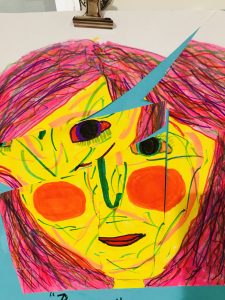 Picasso (1881-1973)
Picasso (1881-1973)
He was a Spanish painter, sculptor, poet and playwright. He used vivid colors and unusual techniques as he became one of the co-creators of Cubism. A technique showing movement, especially in a painting, with the use was of simple geometric shapes, interlocking planes, and collage. We drew a colorful face with markers then cut up the pieces and glued them back together upside down and sideways.
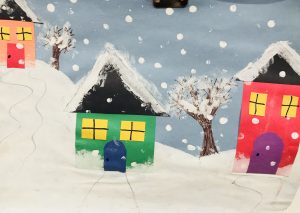 Grandma Moses (1860-1961)
Grandma Moses (1860-1961)
She is a personal favorite of mine. She was an American Folk Artist known for painting beautiful New England landscapes often with snow-covered houses and trees. We started by painting the ground first. Then we used construction paper and cut out shapes for houses and glued them onto our snowy landscape. After everything dried, we used the back of a paint brush to make dots of white snowflakes.
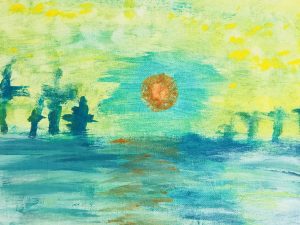
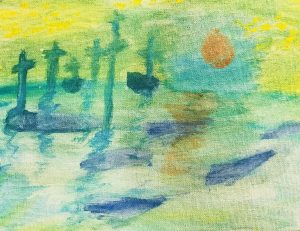 Monet (1840-1926)
Monet (1840-1926)
Claude Monet was an impressionist artist. Up close his artwork looks fuzzy and blurry, but if you stand back, beautiful landscapes emerge. We used canvas and overlapping watercolor paints with a dark orange sun, and tall ship masts that stand over the horizon.
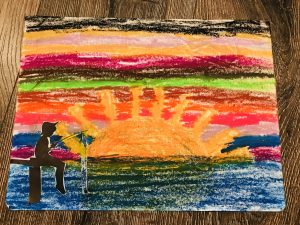 Gainsborough (1727-1788)
Gainsborough (1727-1788)
He enjoyed painting fancy landscapes and adding portraits over them. We used oil pastels to create a beautiful sunset. Then we cut out a black silhouette to put over the landscape.
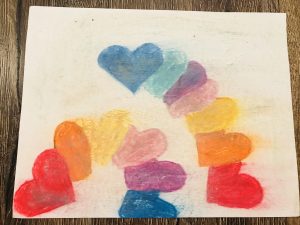 Degas (1834-1917)
Degas (1834-1917)
Degas was a painter and sculptor who showed movement in his art. We used chalk and oil pastels and traced an image repeatedly to show movement.
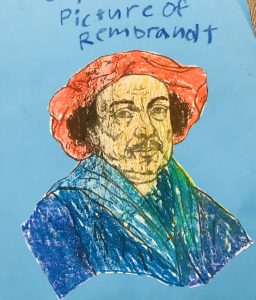 Rembrandt (1606-1669)
Rembrandt (1606-1669)
Rembrandt was know to use strong lighting in his portraits and often painted himself. We took a black-and-white photo of Rembrandt, and using oil pastels, colored it in and added more yellow to show light on one side of his face.
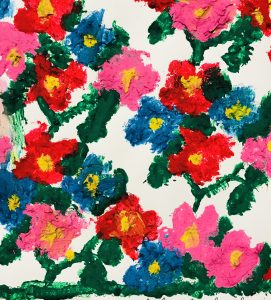
Morisot (1841-1895)
Morisot was an emerging artist in a time that female artists were very uncommon. She painted using globs of thick paint with bright, vivid colors. For this we took acrylic paint and mixed it with one part paint to one part flour, and painted over coloring pages on thick card stock.
We were also inspired to add a bit of art into our history as well.
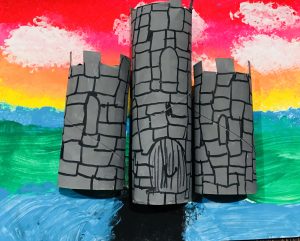
Medieval Castles
Realizing I could “double down” on subjects got me very excited. We enjoy playing Maestro Classics, which are classical music brought to life through stories and studying the composers who wrote it, during our art time. And of course let’s not forget audiobooks too! That’s the beauty of a classical education. It’s seeing how all the subjects intertwine and weave together and how God, the Creator of it all, is in the center of it all. God took nothing and turned it into everything when he created us. That’s what art is to me. Taking nothing and turning it into something beautiful and amazing for others to enjoy. As I sat and watched my kids paint I thought of how much we are like a paintbrush and God is the artist. Then I began to pray, “I am the paintbrush and He is the artist. Lord, please paint the colors of my life into a masterpiece.” Amen
